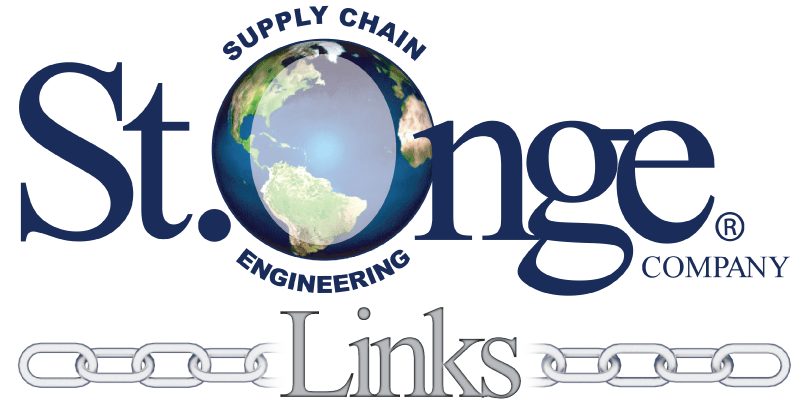 Strengthening your supply chain one link at a time.
Strengthening your supply chain one link at a time.
People confuse sets of words all the time and use them interchangeably – affect vs. effect, disinterested vs. uninterested, lay vs. lie. Too often, supply chain professionals talk about “optimization” of networks and “simulation” as if they mean the same thing. Let’s look at the differences between optimization and simulation, without going down any deep, dark mathematical rabbit holes.
Optimization
In short, optimization is where one starts when looking at large-scale changes to a supply chain network. Examples of optimization problems are:
Using one of several supply chain network analysis tools available in the market, companies can build a model of their current network. With this baseline model in place, numerous scenarios are run to compare cost and service trade-offs and ultimately determine the best supply chain network solution based on the needs of the organization.
Helpful Hint #1
There are two overriding aspects of optimization modeling that drive both the length of the project and accuracy of the result:
Helpful Hint #2
The most common use of optimization modeling tools is to complete what I described in the first bullet above. In most cases, companies perform analyses looking only at outbound customer volumes to determine the number and location of distribution centers to provide a certain level of service. Although this is a relatively easy analysis to complete, it is a dangerously incomplete look at all the variables required to develop a solution. These studies require numerous additional considerations such as location and volumes from inbound suppliers, facility lease costs, availability and cost of labor, and shutdown costs of current facilities.
Simulation
Congratulations! The optimization study has yielded a solution that is agreeable to all levels of the organization and reduces the overall cost of the supply chain. Now the next question – will it actually work? Companies can use simulation models to test how well the system will work using variation in the model inputs. For example:
Helpful Hint #3
If data quality is paramount in developing optimization models, it is even more important in developing simulation models. For example, an optimization model needs to know how many inbound trucks are expected in a facility. The simulation model needs to know when those trucks will arrive, and the probability those trucks will arrive at a specific time. Similar to the optimization model, the accuracy of the inputs and trust in the data and assumptions will determine confidence in the model outputs.
Conclusion
It should be clear that there are distinct differences in optimization and simulation models. Consider the deployment of optimization models to test strategic changes to the structure of a company’s overall supply chain network. Once the preferred solution is chosen, running a series of simulations will instill more trust that the solution will work in reality once implemented.
Helpful Hint #4
There are no shortcuts!! Lack of data quality, an untenable number of scenarios, and a lack of leadership buy-in are just a few of the issues that can lead to an undesirable result.
—Brian Fish, St. Onge Company